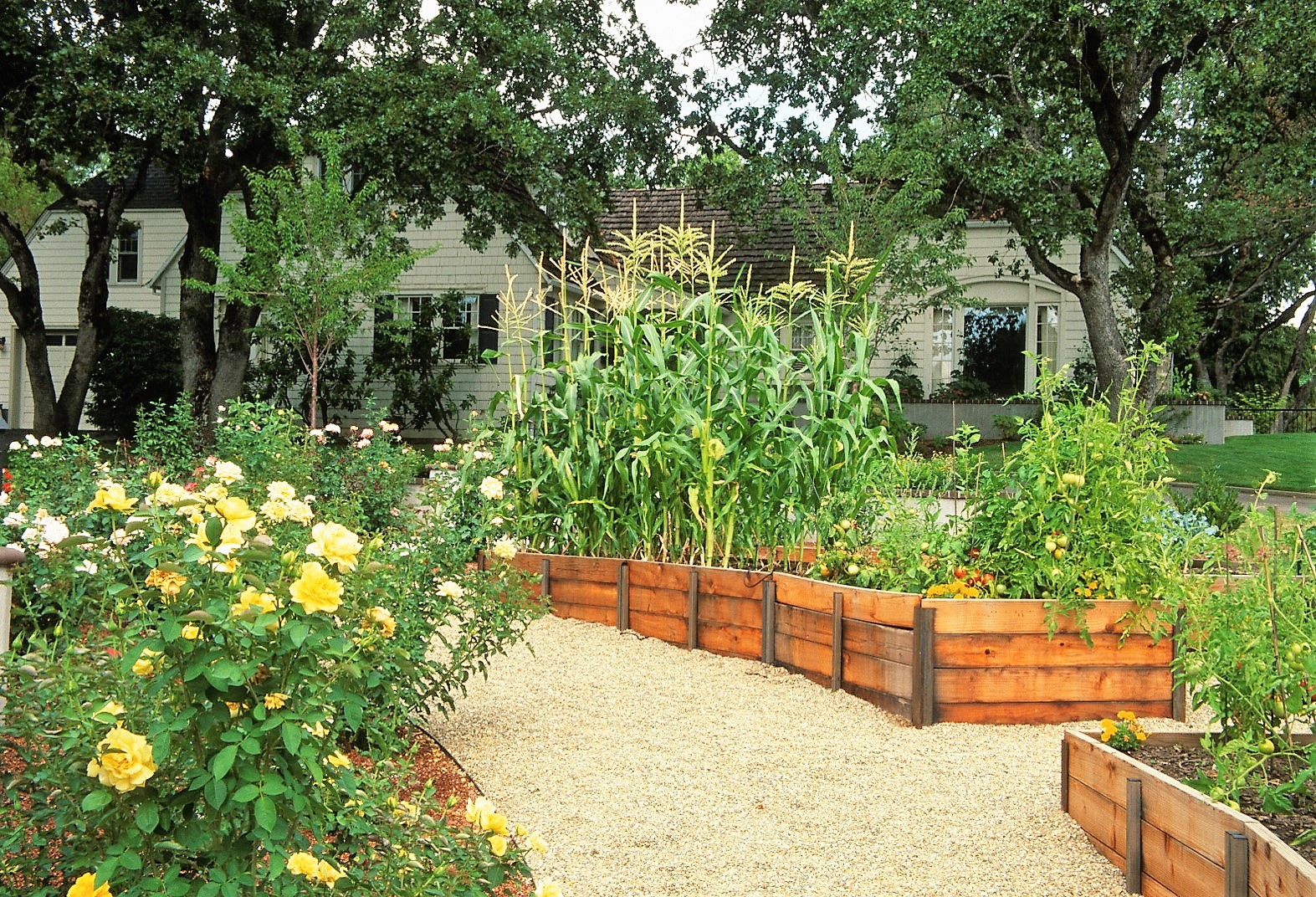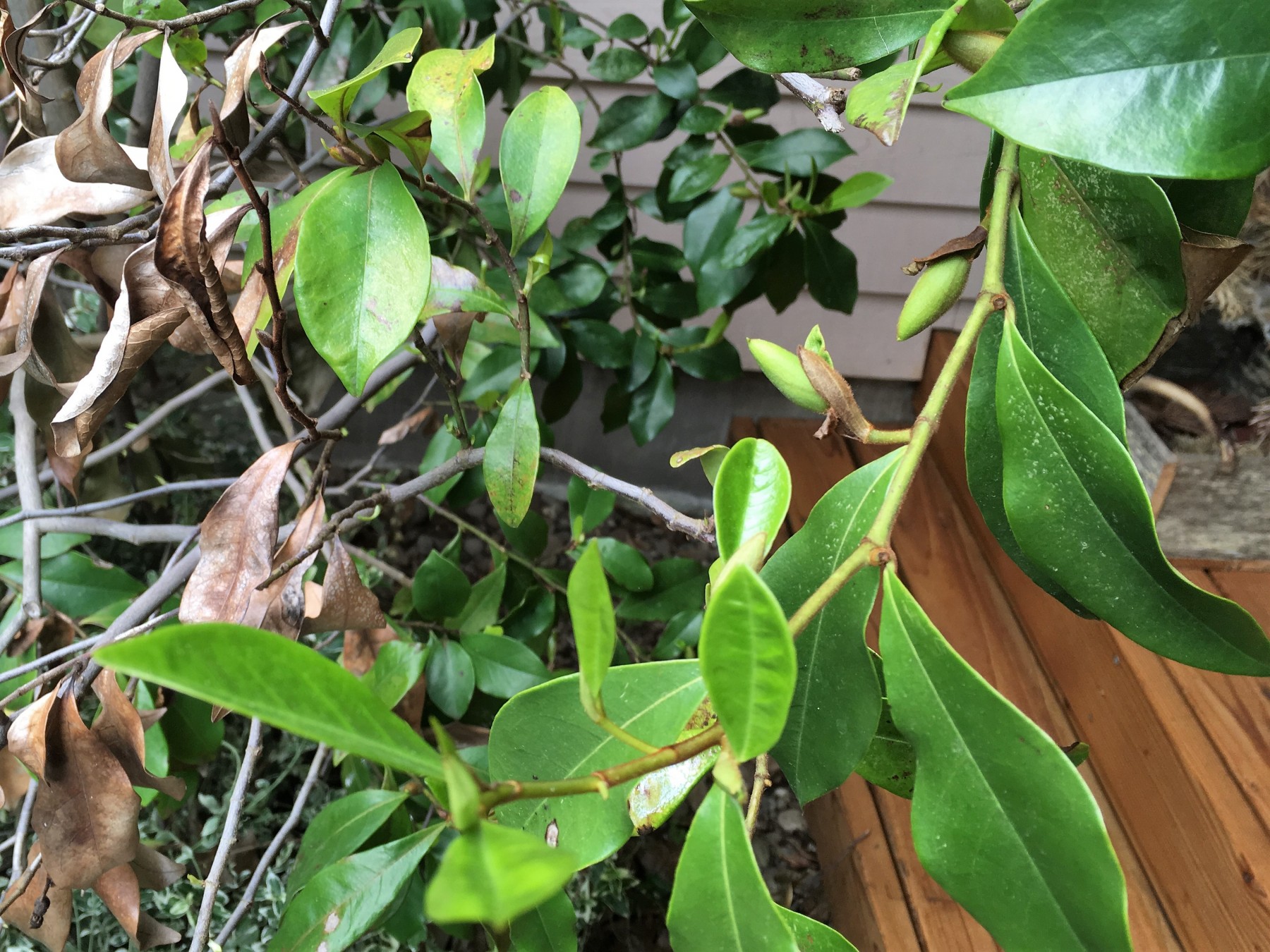
We gardeners all rely on the common wisdom passed along through books, magazines, blogs, or the neighbor down the street. However, John Fischer, a retired meteorologist, Master Gardener, and garden writer, offers this—make your own observations.
Throughout his career as a television meteorologist, John always tied together the weather and gardening. When horticulture questions arose, he gave answers gleaned from extension services and other sources, and from viewers themselves. Now looking back, he says, “I have learned that a lot of what I knew was wrong.”
How did he figure that out? He noticed how the plants in his care performed. Here’s a bit of what he’s discovered.
Study your OWN growing conditions. John says there are so many variables in the microclimates and soil structure around your house or in your neighborhood—“Just because your neighbor can (or can’t) grow something, doesn’t mean you shouldn’t try.”

Plant trees in the native soil. Older garden books advised amending the soil in the planting hole, but John says that means, “you’re basically planting a tree in a pot in the ground.” The roots don’t venture out of the cushy mix you’ve created. Now, John says, “It’s native soil. Period.”
Weed what you need. John asks himself, “Where do I put my weeding energy?” For instance, not all vegetables require the same care. Onions and carrots must be weed-free, John says, “But zucchini and corn will out-perform the weeds.”
Let transplants self-prune. The old advice was to prune the leafy tops to match the roots you were breaking off when transplanting. John’s experience? Plants recover quicker without pruning. “Now I keep as much as I can,” he says. The plants will decide what to shed—and it’s usually less than you would prune.

Don’t be quick to cut down winter-killed plants. John’s fig tree was clearly dead. He could see no green in the cuts he made. Figs can revive from the roots, but he left it standing. When the weather warmed, “That fig came back—all along the branches,” John says. “So I learned—it’s not dead until it’s warm and dead.”
Be open to the new. John admits that even his own assumptions are subject to change. He had always thought that “a greenhouse was useless.” But then the garden where he volunteers was given a greenhouse. “It’s been a godsend,” John says. They tested growing tomato starts in outside beds and in the greenhouse. Those plants outdoors grew “from pinkie to thumb size,” John says. But in the greenhouse? “They went from “pinkie to arm,” he laughs. “This is a magic thing.”


